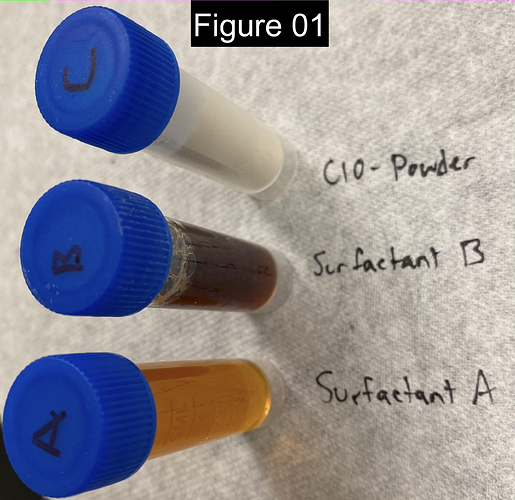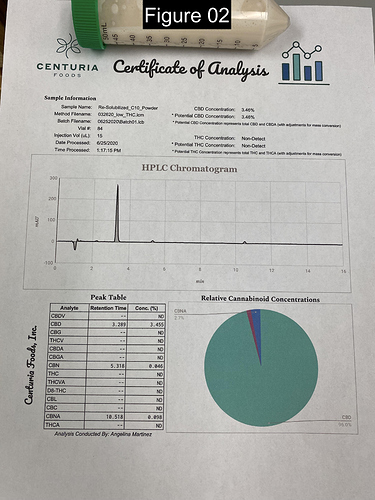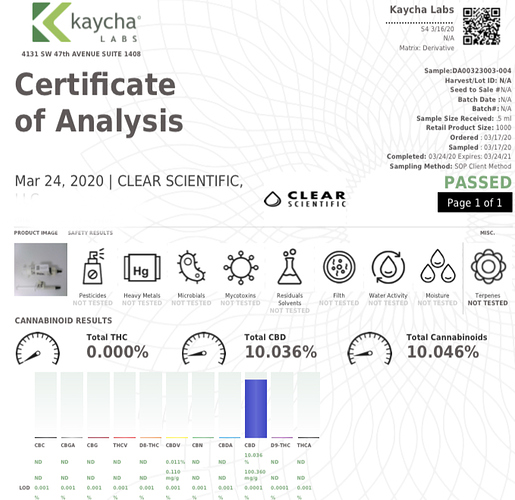@clearscience We’ve partnered with Centuria Foods to help make our broad spectrum distillate into our water soluble CBD powder. While we are sure you have the best intentions, we urge you to do your research before labeling a company and/or their products untrustworthy.
I’d like to take a moment to address each of your points, so that clarity is achieved in understanding the process by which we create our products.
Any “Water-soluble” made from distillate/isolate should be a pure white macro, micro, or nanoemulsion. The distillate NOR isolate material dictates the color either, I can guarantee that lol. Please don’t peddle that misinformation like it’s fact. It’s 100% wrong.
This is simply not true. A water-soluble material takes on the colorimetric properties of all three phases involved in the emulsification. While it is true that using “pure-white” isolate will generate a whiter product in the end, the surfactant system and water phase will also play a role in the perceived color. Below we have an image showing the liquid form/color of two emulsifiers (Surfactant A, Surfactant B) along with our C10-Powder (see Figure01). You should note that they are not “white”, by any stretch of the word.
Second, we choose to make our water-soluble products with broad-spectrum hemp extract in order to maximize utility of the plant (keeping in mind the “entourage effect”). These hydrophobic fractions do not only contain CBD as you would find in an isolate powder; rather, they form a mixture containing a plethora of hemp-derived constituents, most of which are also, as it turns out, not white. Additionally, while many powders may contain a high amount of plating agent to coat the water-soluble emulsion–a choice which would produce a water-soluble powder with properties resembling the plating agent rather than the emulsion. Just like these responses, we try not to sugar-coat our products more than necessary, as it would further decrease the cannabinoid concentration within our C10-Powder.
I have never seen brown unless the formula is already beginning to break and the discoloration that is caused by failure/oxidation/separation. A 25% powder, when utilizing math, breaks down to a 2-4% initial liquid… which by the color seems to already be breaking down, separating and possibly be snake-powder by the time the consumer gets it.
I am unclear with your utilization of math, but we have prepared a 2-4% liquid using our powder. The expected concentration after dissolving 5.0 gm of C10-Powder (at 28% CBD) into 35.0 gm of water is 3.5% CBD. You’ll see below the C10-Powder/water mixture along with the certificate of analysis for that material (Figure02). There is no degradation of CBD in the powder or re-dissolved solution as can be observed by the HPLC analysis. More importantly, Centuria Foods keeps their facility pest-free, so snake powder will ever be an issue when dealing with them.
We can take this chat to PM if need be, but I normally try to restrain from “negative comments” but this is just 100% misguiding people and not cool.
Absolutely unnecessary. We prefer not to hide anything, especially educational material such as this.




